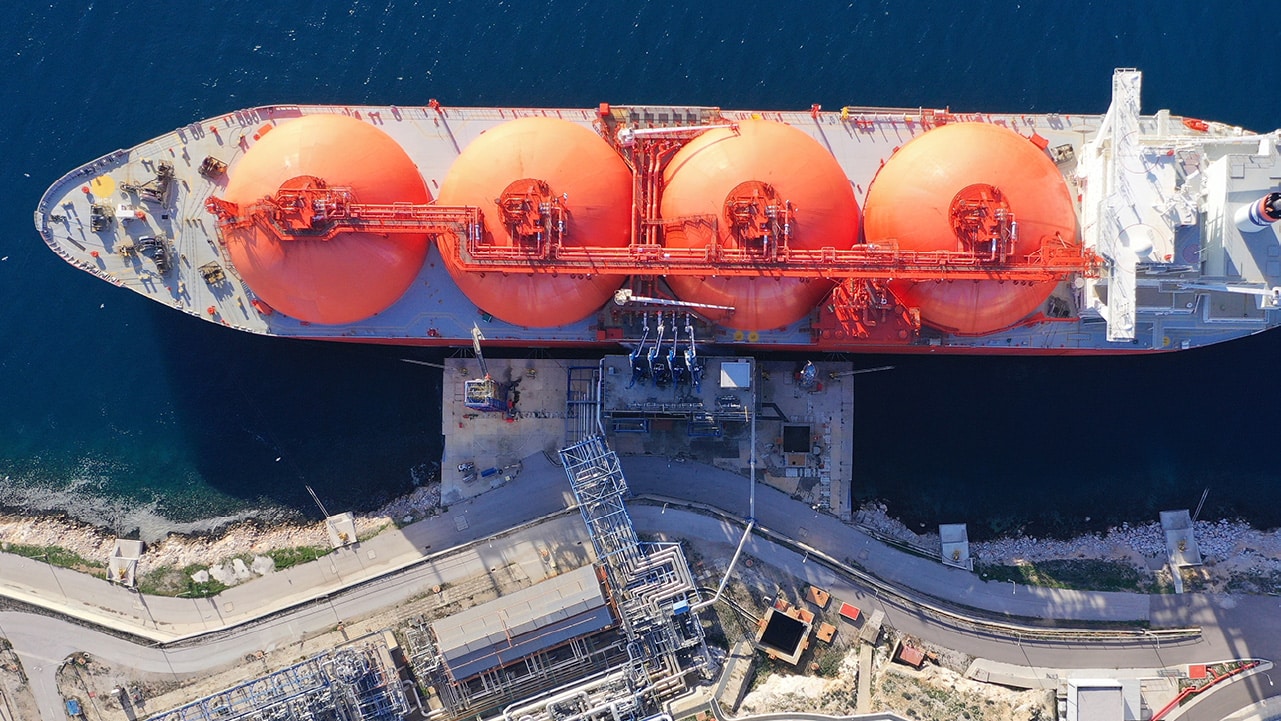To transfer and store Natural Gas as Liquefied Natural Gas (LNG), it is crucial to lower its temperature significantly. However, this extreme cooling process, combined with fluctuations in temperature and pressure, can potentially cause metals to crack and rupture.
Therefore, a careful and gradual cooling procedure is essential for preparing cargo lines and tanks before LNG transfer and storage. These cooling operations are intricate and dangerous, necessitating the use of well-maintained equipment and a highly trained crew familiar with essential safety protocols.
Highlights:
This course aims to equip seafarers with the necessary knowledge for understanding cargo tank and line cooling down procedures, and how to prepare for them.
By the end of this course, you will be able to:
- Understand what cargo tank and line cooling down is and how to prepare for it.
- Comprehend how to cool down cargo tanks prior to arrival at port for loading, as well as how to cool down the cargo lines prior to discharge.
Legislation & References:
The course is based on Industry Best Practices.
Duration: 30m
Who should attend: Masters, Chief Officers, Chief Engineers, Deck Officers, and 2nd Engineer, involved in operating LNG vessels
Approval: ABS






